Canada’s whales are in trouble.
Over half of the 40 whales species that call Canada’s waters home are at risk of extinction. They face all sorts of threats from marine vessel strikes to entanglement in fishing gear, habitat loss to pollution, dwindling prey to the effects of climate change and more. But there are things you can do to help conserve these incredible creatures, especially if you live by the coast!
Ditch Single Use Plastics
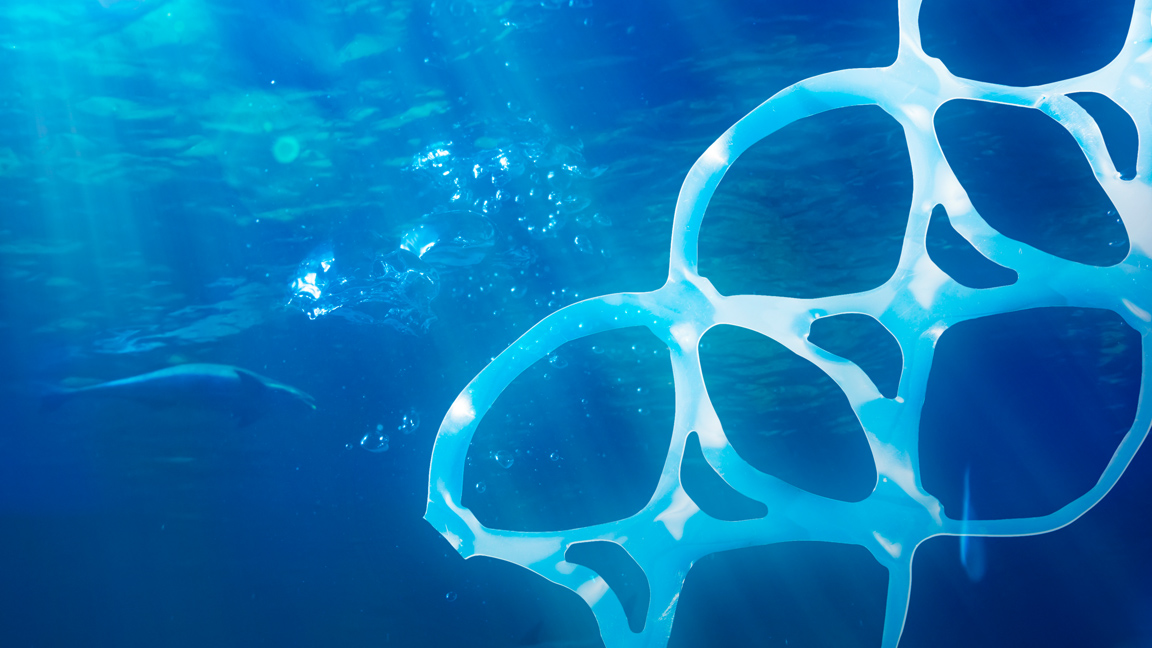
Every year eight million metric tons of plastic are tossed into the ocean. Many whales are falling victim to plastics. Toothed whales, such as Orcas and Belugas, might mistake larger plastic pieces for prey. Eating enough plastic can lead to their stomachs becoming blocked or they might injure their organs as the plastic moves along their digestive tract. Baleen whales, such as Humpbacks and Bowheads, are also at risk of being harmed by plastic. Because these massive whales filter out water, they can end up gulping up microplastics. In a single day, they might absorb three million particles of the stuff.
You can help by ditching single use plastics as much as you can:
⦁ Do swap plastic bottles for reusable water bottles.
⦁ Don’t use balloons to celebrate your next party. Opt for reusable decorations instead.
⦁ Do light candles with matches instead of disposable lighters.
⦁ Do swap plastic bags with reusable cloth bags when you head to the shopping mall.
Pick Up Trash
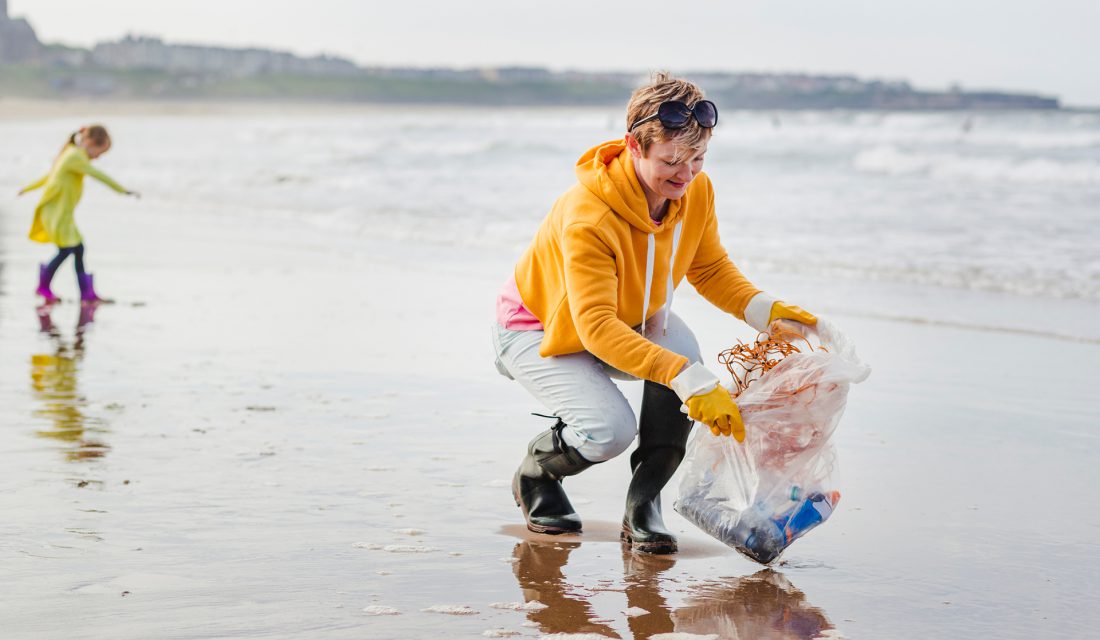
If you live by the ocean, make sure to pick up any litter you see along the beach. After all, a whopping 6.4 million tons of trash is dumped in the ocean every year. From plastic packets to plastic lids, there’s so much junk that can be found along the shoreline. The more we can do to mitigate this number, the better! Plus you’ll be making your jog along the beach far more enjoyable without trash lying about.
Report Dead or Injured Whales
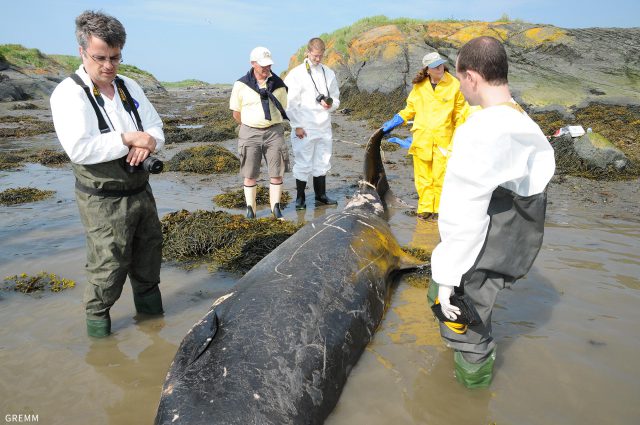
If you come across an injured, distressed, stranded or deceased whale, it’s important to contact local authorities straight away. By making a report promptly, you could be saving other whales. Plus researchers really value this kind of data as it might help them prevent future incidents.
Do you know what a whale in need looks like? It’s okay if you haven’t the faintest idea! That’s where a little training will come in handy. When you join The Watch, you’ll learn what to look for and what to do if you come across a marine animal emergency. Join up to The Watch today!
https://marineanimalresponse.ca/the-watch/
Support Organizations Working to Reduce Entanglement
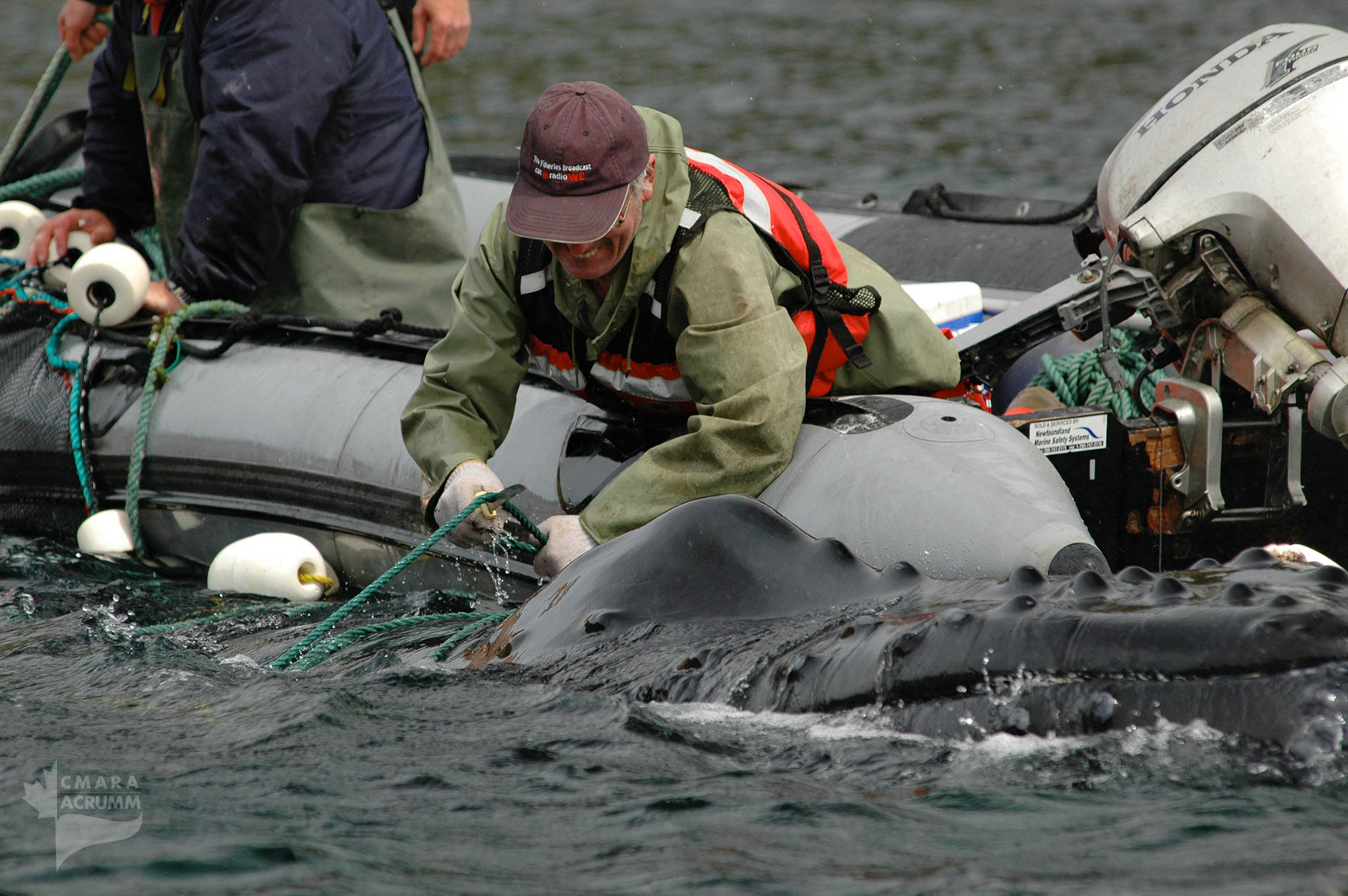
Commercial fishing gear can harm all sorts of aquatic animals – from whales to turtles. While commercial fish harvesters aren’t intending to harm wildlife, accidents do happen. Entanglement is a severe threat to whales like the critically endangered North Atlantic Right Whale. Approximately 25 per cent of the remaining population are entangled in commercial fishing gear annually, and a whopping 83 percent show scarring from entanglement in fishing gear. While some swim away with only minor scars, others die a terrible death. When North Atlantic Right Whales are badly entangled and cannot escape their binding, they can drown or suffer from starvation and significant injuries for months on end before succumbing to their wounds.
The Canadian Wildlife Federation is working to understand the consequences that commercial fisheries management can have on conservation of at-risk marine species. This work will provide a basis to improve future decisions made to promote species at risk recovery. CWF is developing methods to predict the locations of whales and their threats to guide management efforts that will reduce these risks.
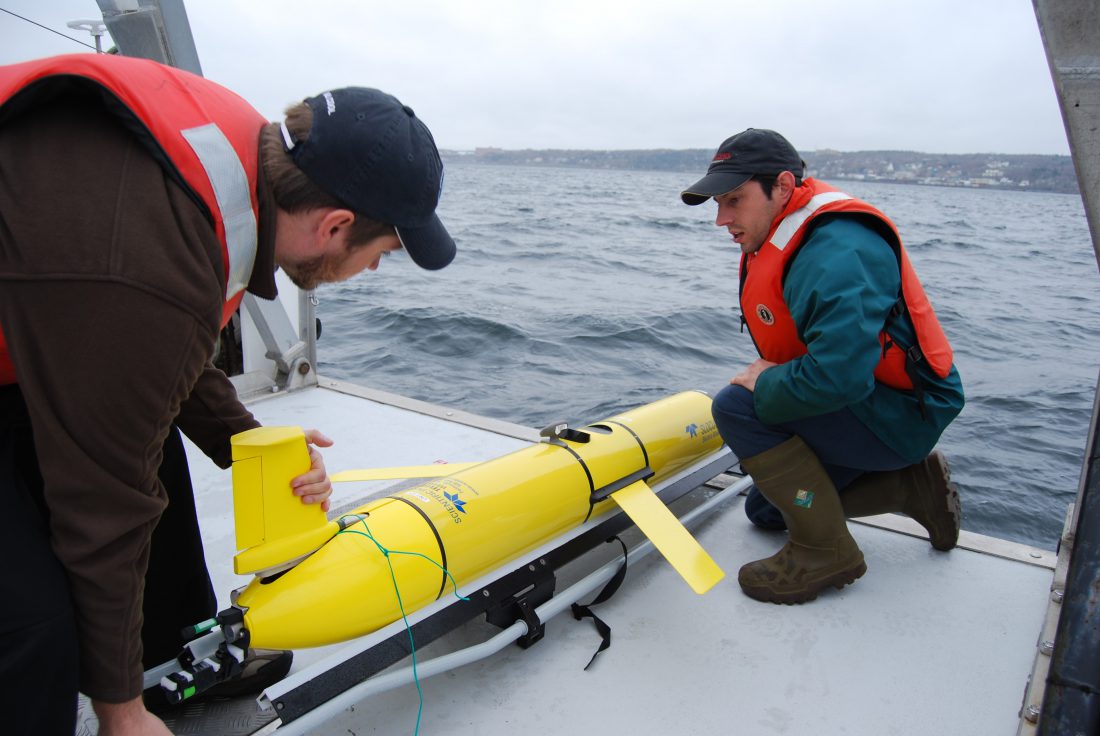
We have also partnered with the University of New Brunswick to conduct surveys using underwater gliders to detect large whales and presence of prey aggregations in the Gulf of St. Lawrence. The data scientists collect will help us to better predict where whales will appear and what they are doing in these locations.
Finally, we have partnered with Dalhousie University and CWF’s Endowed Chair, Sarah Fortune, to tag North Atlantic Right Whales to record how these mammals forage. This data will help us understand how vulnerable the North Atlantic Right Whale is of entanglement in groundlines.

Funded by Fisheries and Oceans Canada’s Whalesafe Gear Adoption Fund (WSGF), the CanFISH Gear Lending Program is a project developed by the Canadian Wildlife Federation in collaboration with industry partners. The purpose of the program is to partner with fisheries associations and fish harvesters to trial different gear adaptations, including weak gear and on-demand devices (as well as other relevant technologies), and evaluate their suitability for fisheries. Weak gear equipment has weaker rope to help avoid entanglement and rope-on-demand fishing eliminates all vertical lines in the water by holding endlines and buoys at the seafloor with a trap or trawl. The gear is provided free of charge, and harvesters are given training and ongoing support throughout the trials. CWF will guide data collection and will distribute final analyses back to the association/harvester and to Fisheries and Oceans Canada.
This year we aim to provide on-demand gear to up to 20 fish harvesters so they may fish during closures due to North Atlantic Right Whale activity. We also expect that more than 1 million pounds of Snow Crab will be caught this year with on-demand gear through the CanFISH program
Support Organizations Working to Reduce Ship Strikes
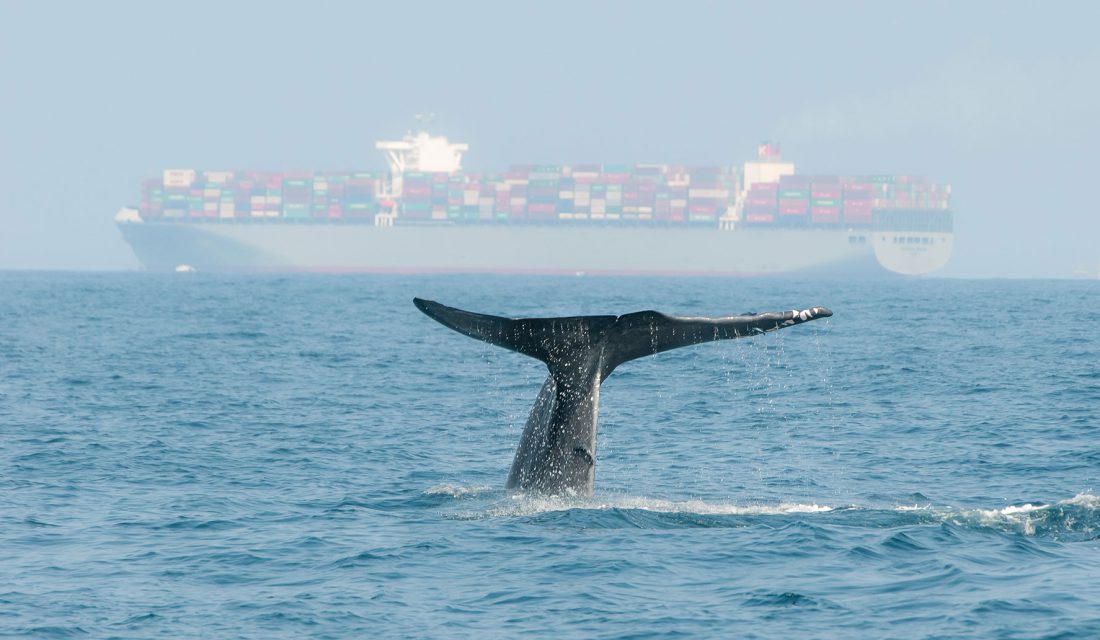
Ship strikes are a significant danger to migratory whales. When migratory routes cross paths with shipping lanes, there’s a higher risk of whales and vessels colliding which can result in injury or death.
CWF staff has been looking at Automatic Information System (AIS) vessel traffic data for 2015 to 2020 to figure out how likely it is for ships to hit whales in the Gulf of St. Lawrence. Using this information, the team is trying to see if traffic management measures in the Gulf of St. Lawrence have been effective at reducing collisions. Now we’re getting ready to dive into the latest data from 2021 and 2022 AIS data to see if there have been any changes. This will help us make better plans to keep whales out of harm’s way.
Be a Responsible Whale Watcher
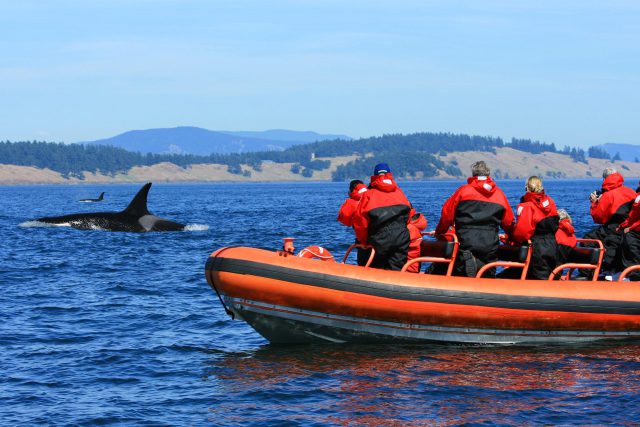
Whale watching can disturb and harm whales if not done responsibly. It’s important to follow the Marine Mammal Regulations under the Fisheries Act, which include maintaining a safe distance of 100 metres from most whales and 400 metres from endangered species in areas like the St. Lawrence estuary.


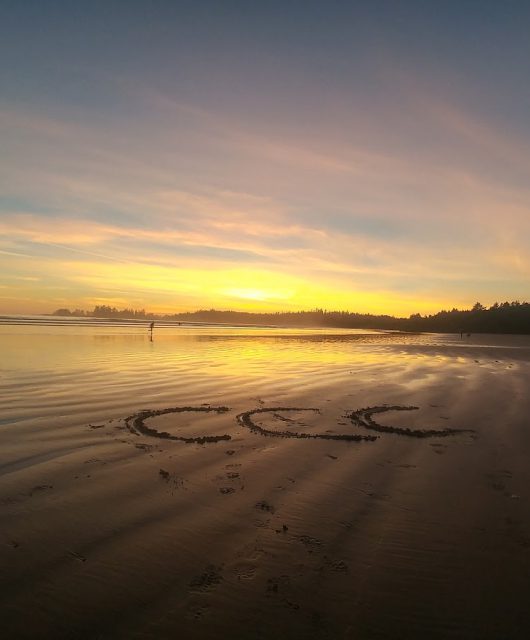

1 comment
It is so sad to see these beautiful whale species all of Them being harmed by human activity b cause the majority of people just do not care ! I love traveling to Quebec up to
Our cabin on Lac Barbil as my father was born raised in Quebec so the Saint Lawerence is amazing watching the Beluga whales when we have to take a small ferry to cross a gorge ! I hope more people take notice of what trash , fishing gear etc they impacts the animals and maybe think more about the actions of humans and the negative impact on all wildlife !